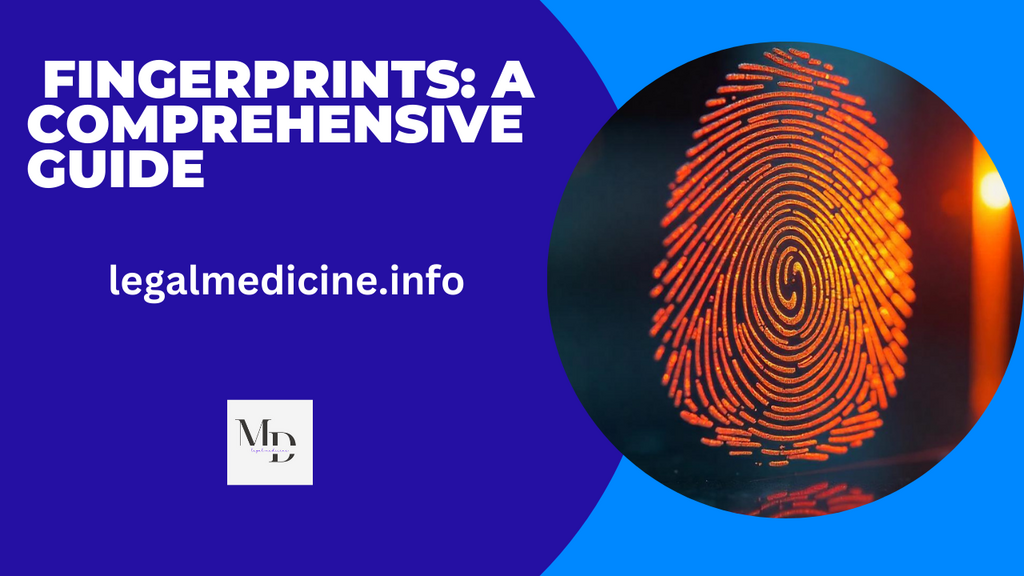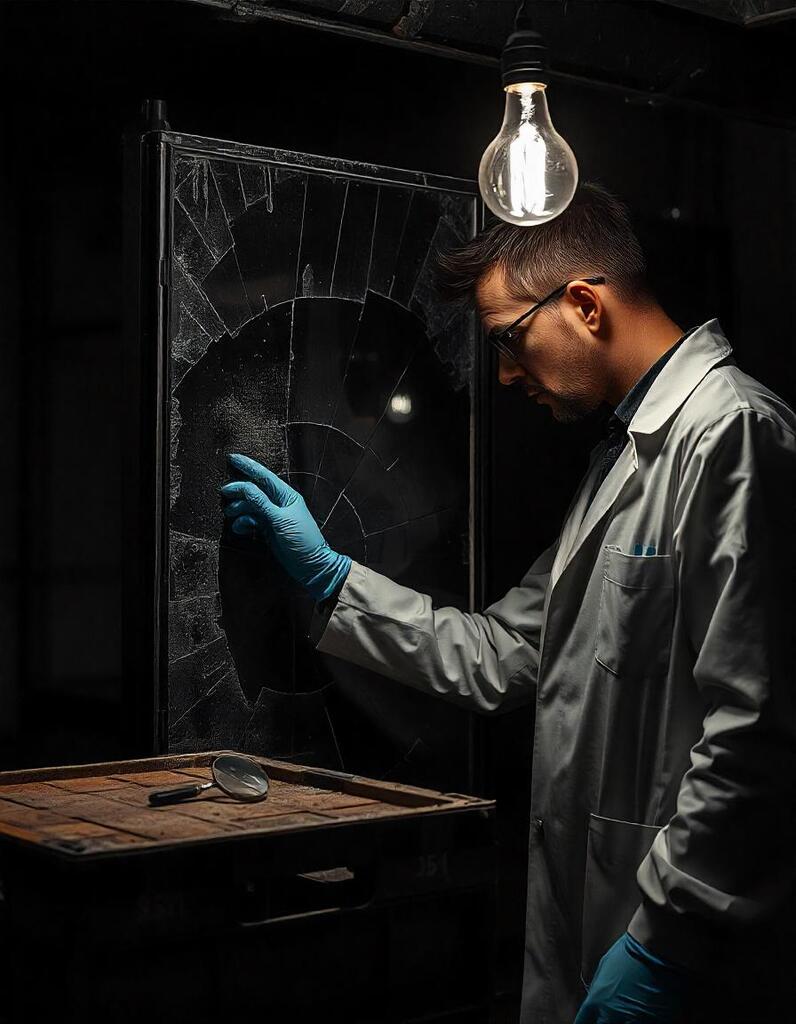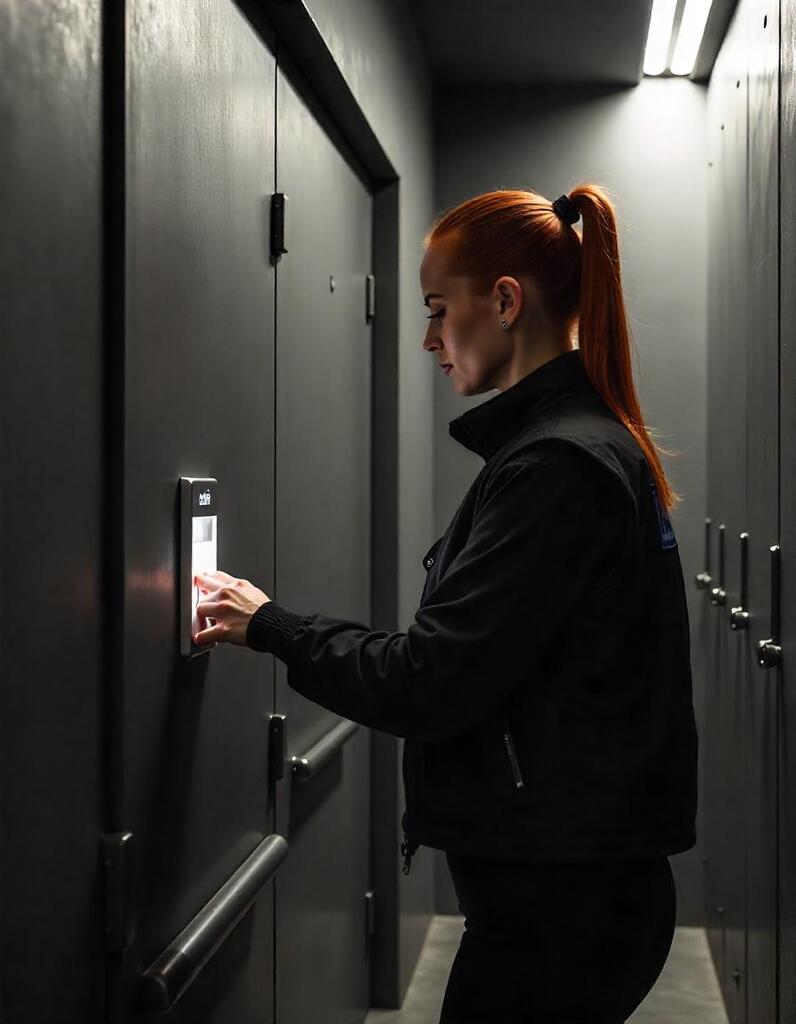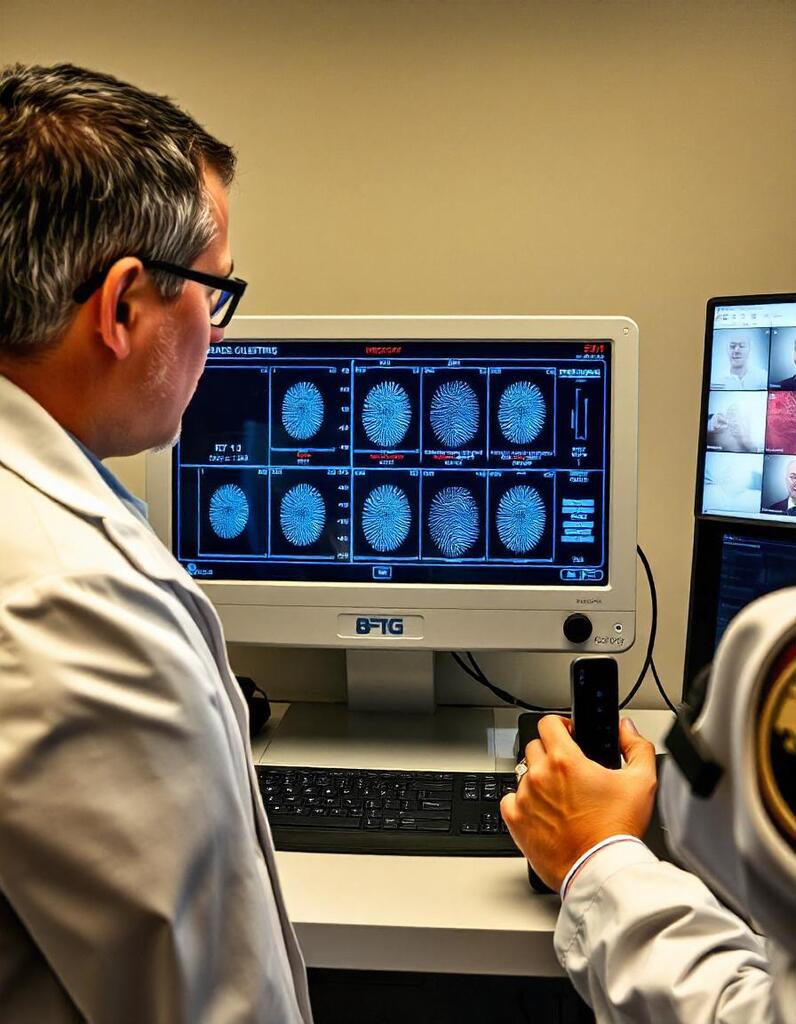Fingerprints: A Comprehensive Guide

Fingerprints have been an essential part of identification for decades, playing a crucial role in security systems, forensic investigations, and biometric authentication. This guide explores the definition, types, importance, detection methods, fingerprint technology, and legal aspects of fingerprints.
What is a Fingerprint?
A fingerprint is a unique pattern of ridges and valleys on the skin of the fingertips. These patterns are formed during fetal development and remain unchanged throughout life, making them an essential tool for personal identification and security.
Types of Fingerprints
Fingerprints are categorized based on their patterns:
- Loop: The most common type, where ridges enter from one side, curve, and exit from the same side.
- Whorl: Circular or spiral ridge patterns, forming concentric circles.
- Arch: Ridges that enter from one side and exit from the other without looping.
- Composite: A combination of multiple patterns, making identification more complex.
Importance of Fingerprints
Biometric imprint serve multiple crucial roles, including:
- Identity verification: Used in government records, passports, and personal identification.
- Forensic investigations: Helps law enforcement link suspects to crime scenes.
- Biometric security: Enables secure access to devices, workplaces, and financial transactions.
- Medical records: Helps in patient identification and avoiding errors.
How to Detect Fingerprints?

Fingerprints are detected using different techniques, depending on the surface and method of deposition:
- Powder Dusting: Applying fingerprint powder on non-porous surfaces like glass.
- Chemical Methods: Using chemicals like ninhydrin to detect prints on paper.
- Ultraviolet Light: Used to highlight latent fingerprints under specific wavelengths.
- Biometric Scanners: Electronic devices that scan and compare fingerprint patterns.

Fingerprint Technology
1. Fingerprint Lock

Fingerprint locks are biometric security devices that allow access based on fingerprint recognition. Commonly used in:
- Smartphones and laptops
- Door locks and safes
- Banking systems for secure transactions
2. Fingerprint Machine
A fingerprint machine captures, stores, and verifies fingerprints for authentication purposes. It is used in:
- Workplace attendance systems
- Immigration and border security
- Law enforcement databases
3. Fingerprint Sensor
A fingerprint sensor is an electronic component in biometric devices that scans and identifies fingerprint patterns. Types include:
- Optical sensors: Capture high-resolution images of fingerprints.
- Capacitive sensors: Use electrical currents to map ridges and valleys.
- Ultrasonic sensors: Provide 3D imaging for enhanced accuracy.
When Fingerprints Are Not Present
Some individuals may lack fingerprints due to genetic conditions or medical issues such as:
- Adermatoglyphia: A rare genetic disorder preventing fingerprint development.
- Skin diseases: Conditions like eczema or burns affecting fingerprint visibility.
- Aging: Thinning skin reducing fingerprint definition.
Problems That Arise When Fingerprints Are Absent
The absence of Biometric imprint can lead to:
- Difficulty in identification: Problems with travel, voting, and legal documentation.
- Security concerns: Inability to access fingerprint-locked devices and systems.
- Forensic challenges: Complicates criminal investigations requiring fingerprint evidence.
How to Remove Fingerprints?
Removing or altering Biometric imprint is illegal in many jurisdictions. However, unintentional removal can occur due to:
- Excessive manual labor: Wearing down of ridges from repetitive activities.
- Chemical exposure: Corrosive substances like acids damaging fingerprints.
- Medical procedures: Certain surgeries or injuries altering fingerprint patterns.
Criminal Responsibility and Fingerprints

Biometric imprint play a vital role in law enforcement, helping establish criminal responsibility through:
- Crime scene investigation: Linking suspects to evidence.
- Background checks: Verifying criminal history before employment or security clearance.
- Legal proceedings: Strengthening cases in court with fingerprint evidence.
FAQs About Fingerprints
1. Can two people have the same Biometric imprint?
No, every individual has unique Biometric imprint, even identical twins.
2. How accurate are Biometric imprint scanners?
Modern scanners are highly accurate but can sometimes be affected by dirt, moisture, or scars.
3. Can Biometric imprint be cloned or forged?
Advanced security systems use liveness detection to prevent fake fingerprints.
4. Do Biometric imprint change over time?
No, unless affected by injury or intentional alteration, fingerprints remain unchanged for life.
5. Where can I learn more about Biometric imprint technology?
For more information, visit the FBI Biometric Center of Excellence: FBI Fingerprint Guide
FBI Biometric imprint Identification Guide – Learn more about fingerprint classification and forensic use from the FBI Biometric Center of Excellence: https://www.fbi.gov/services/cjis/fingerprint-background-checks
How Fingerprint Sensors Work – Detailed explanation of fingerprint sensor technology from HowStuffWorks: https://electronics.howstuffworks.com/gadgets/high-tech-gadgets/fingerprint-scanner.htm
Final Thoughts
Biometric imprint are an essential aspect of identification, security, and law enforcement. Whether used for forensic investigations or biometric authentication, their reliability and uniqueness make them an invaluable tool in modern society.
